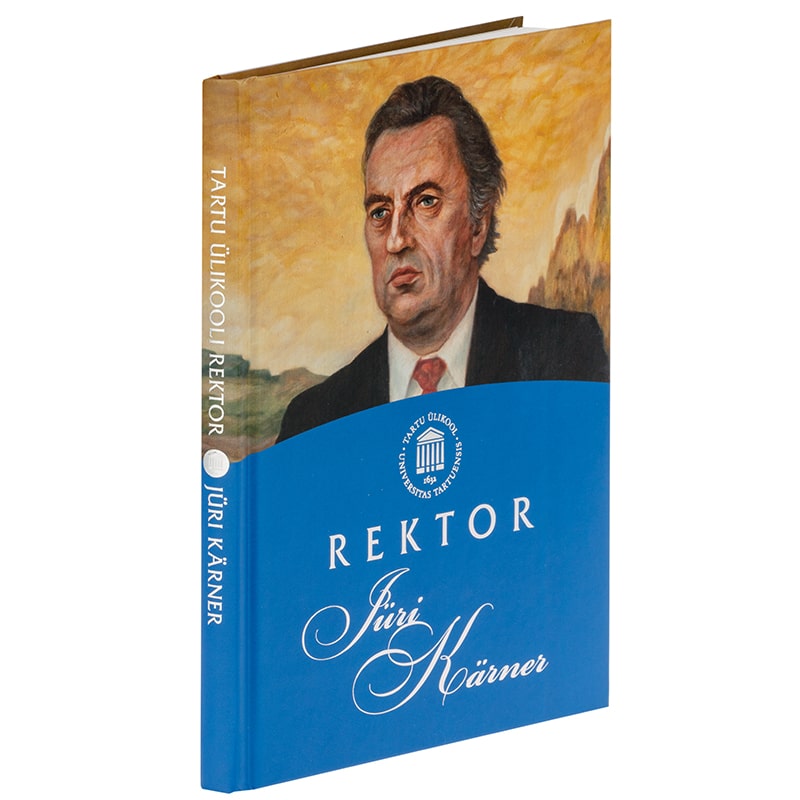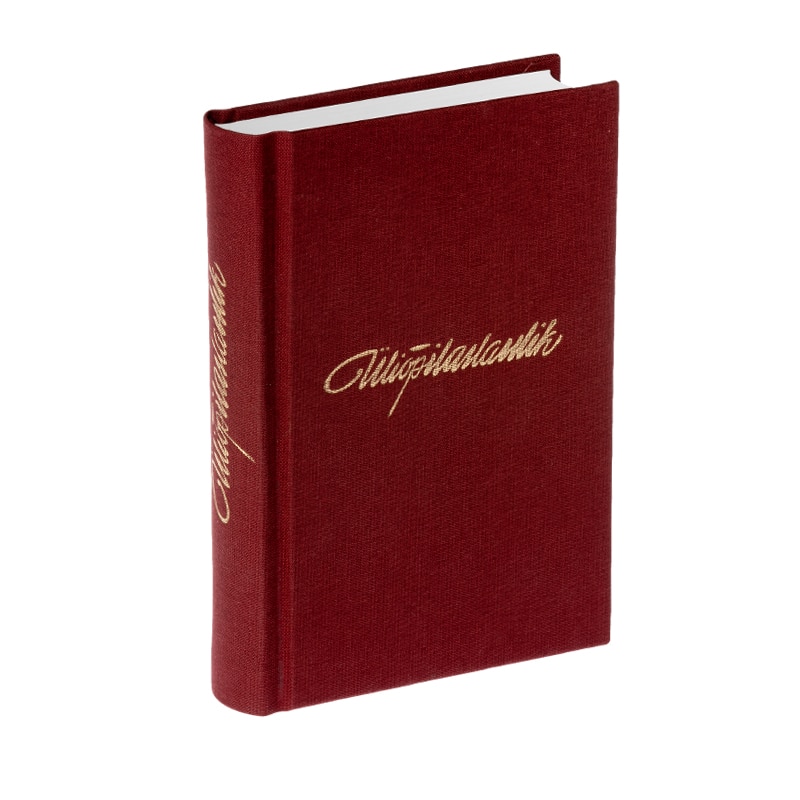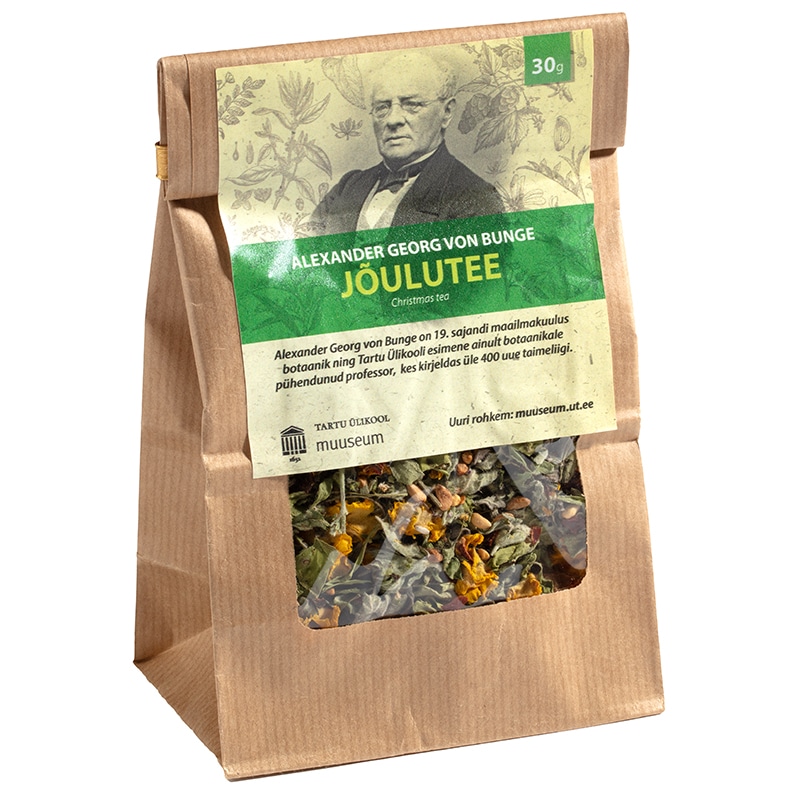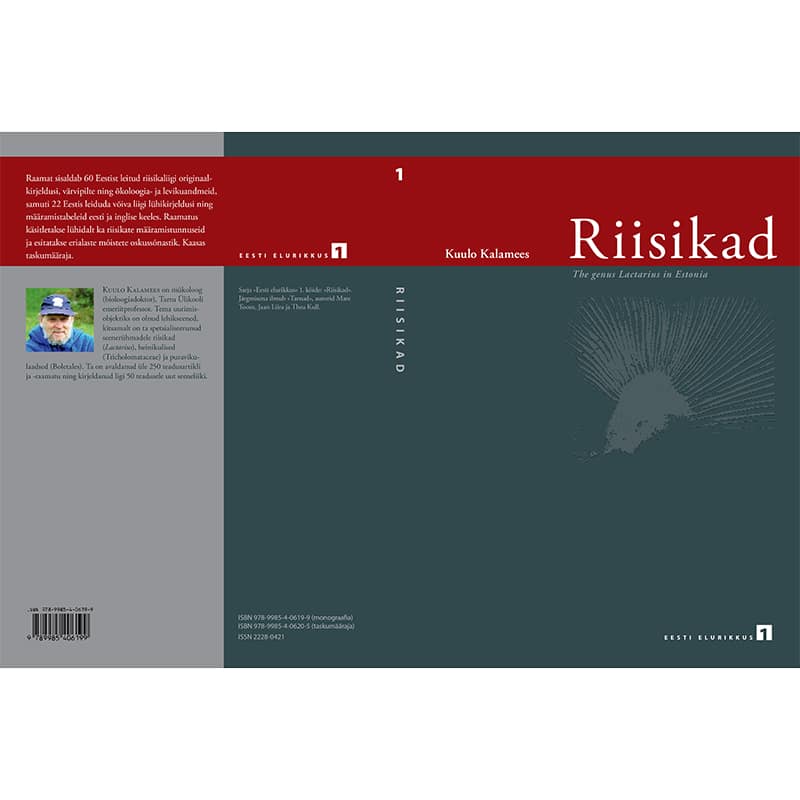Description
Language: Estonian with bilingual key in English and Estonian and short English descriptions
The third volume of the series Eesti Elurikkus (Estonian Biodiversity) the aim of which is to publish monographic reviews of plant taxa found in Estonia. Instead of a complete encyclopedia of the more than 25,000 plant species found in Estonia, this is a series in which Estonian plant groups are treated family-wise by a specialist. The books will be based on the principle that their content should be scientifically correct, but also easy to use for nature lovers.
The introductory material, in Estonian, covers the taxonomic position of Tricholoma within the now greatly reduced Tricholomataceae (no longer a trash bin for most white-spored agarics), a description of the genus, list of northern European species with their Estonian names, ecology and distribution of the genus, and a plate with scaled drawings of the spores of each of the 43 principal species in the book.
The dichotomous keys to species are provided both in Estonian and English. As was done in the Lactarius volume, thumbnail photos of each Estonian species are included in the right-hand margin. The leads include mostly macromorphological and habitat features but spore size is included occasionally. Page references to the descriptions are provided and species that have not been confirmed to occur in Estonia are denoted by an asterisk.
Full descriptions and illustrations are provided for the 43 species that have been confirmed to occur in Estonia, including with ITS barcode sequences. Each description includes the Latin binomial with author and protologue source, Estonian name, principal synonyms and misapplied names, references to selected color images in the literature, list of selected voucher specimens including UNITE DNA-sequence accession numbers, a brief summary description, the full description, ecology and Estonian distribution, comments, and photographs. English summaries of the description, ecology, Estonian distribution, and comments are provided.
Each description is accompanied by at least one full-page-width color photograph. Most have two photos and a few have as many as five. They are sharp and well lighted, show the necessary details well, and include a watermark with the specimen’s herbarium accession number. The only fault is that many exhibit unnatural color casts, typically having too much yellow. But otherwise the photographs are excellent.
Following the 43 feature species treatments are shorter descriptions of 22 additional species that are considered likely, or at least possible, to occur in Estonia. A glossary follows with the English translation of each term provided (although the definitions are not given in English). The book concludes with a list of references and two indexes — one to the Estonian names and one to the scientific names.






